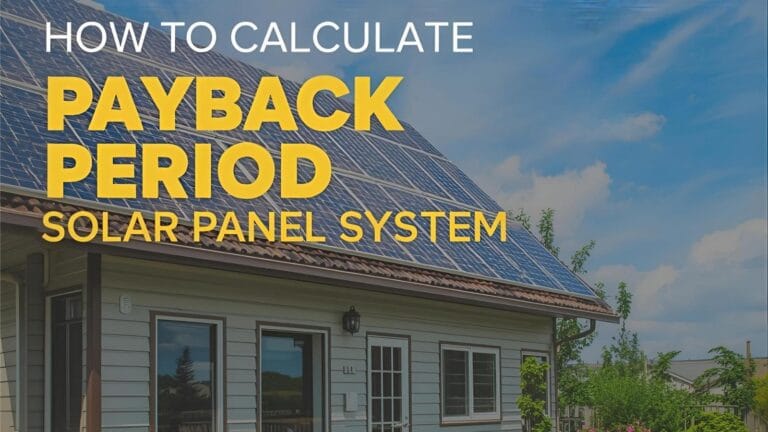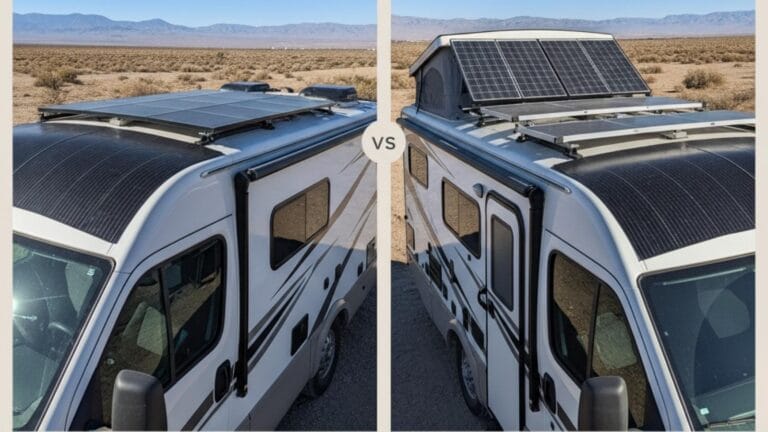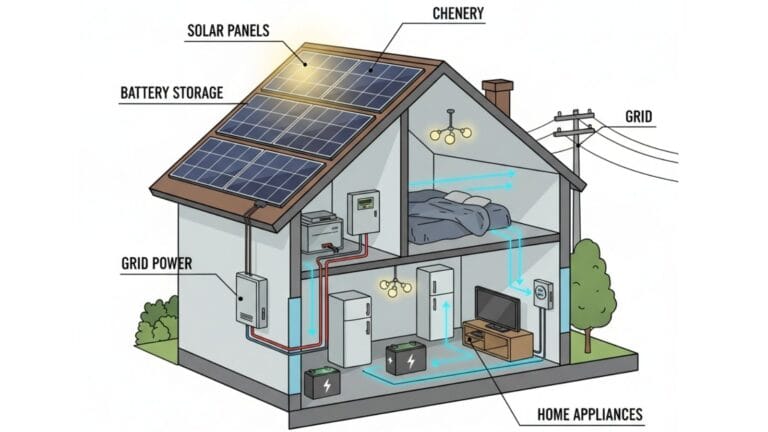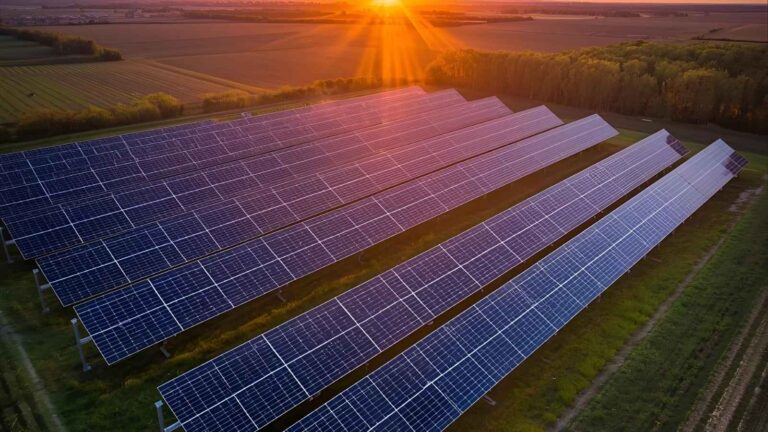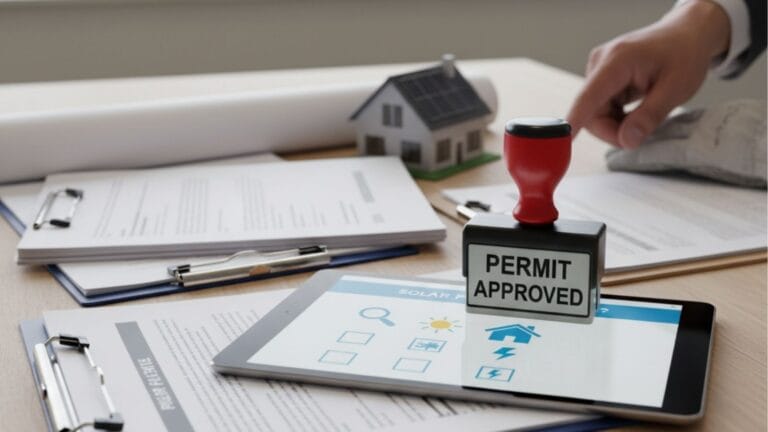The Complete Guide to Commercial Solar Solutions for Your Business in 2025
For business owners and facility managers, controlling operating expenses is a constant battle. One of the most volatile and significant costs is electricity. In 2025, however, an increasing number of businesses are turning a major liability into a powerful asset by adopting commercial solar solutions. This isn’t just an environmental statement; it’s a strategic financial decision that can drastically improve your bottom line.
Going solar as a business is a different ballgame than a residential installation. The systems are larger, the financial calculations are more complex, and the potential for savings is monumental. This guide is designed to be your comprehensive resource, breaking down everything you need to know about investing in solar for your business, from the tangible benefits and financing options to the powerful incentives available in 2025.
Why 2025 is the Tipping Point for Commercial Solar Adoption
If you’ve been on the fence about solar, now is the time to pay attention. A powerful convergence of factors has made 2025 a landmark year for commercial solar energy. Stable technology costs, combined with robust government incentives and the rising price of grid electricity, have created an unprecedented business case. Companies that make the switch are not just cutting costs—they are gaining a significant competitive advantage.
Beyond the Buzzwords: The Tangible Benefits of Solar for Your Business

Switching to solar offers a multi-faceted return on investment that goes far beyond simply “going green.”
Drastic Reduction in Operating Costs
This is the most immediate and compelling benefit. A properly sized commercial solar system can offset a significant portion, or even all, of your electricity usage. For businesses with high energy consumption, like manufacturing plants, data centers, or refrigerated warehouses, this can translate into tens or even hundreds of thousands of dollars in savings annually.
Protection Against Energy Price Volatility
Electricity prices from the utility are unpredictable and have historically risen over time. When you invest in solar, you are pre-purchasing 25-30 years of electricity at a fixed cost. This hedges your business against future price hikes, making your budget more predictable and stable.
Powerful Tax Incentives and Depreciation
Businesses can take advantage of lucrative financial incentives that aren’t available to homeowners. These include the federal Investment Tax Credit (ITC) and accelerated depreciation, which can collectively cover over 50% of the system’s cost. We’ll dive into these in detail later.
Enhanced Brand Image and ESG Credentials
In today’s market, consumers and investors alike value corporate responsibility. Installing solar is a highly visible and credible way to demonstrate your commitment to sustainability. This boosts your brand reputation and helps you meet your Environmental, Social, and Governance (ESG) goals.
Commercial vs. Residential Solar: What’s the Difference?
While the core technology is the same, commercial solar panel installation differs from residential projects in several key ways:
- Scale: Commercial systems are much larger, ranging from 50 kilowatts (kW) to multiple megawatts (MW).
- Equipment: They often use three-phase inverters and higher-voltage equipment to match the building’s electrical infrastructure.
- Complexity: The process involves more detailed structural engineering, complex utility interconnection agreements, and more rigorous permitting.
- Financials: The economic calculations are based on business metrics like ROI, IRR, and complex factors like demand charges, not just simple bill savings.
Types of Commercial Solar Solutions: Finding the Right Fit
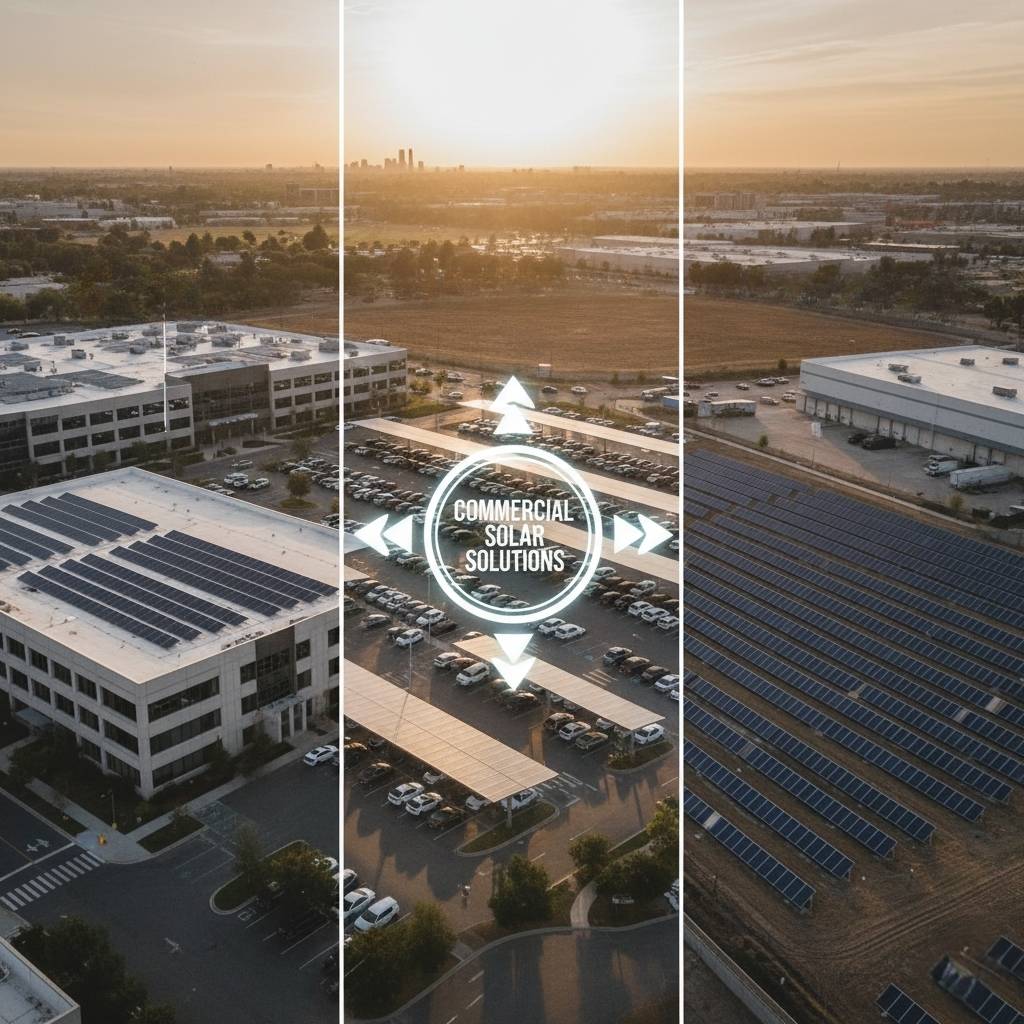
Your business’s physical location and energy needs will determine the best type of solar installation.
Rooftop Solar Systems: The Most Common Choice
Utilizing the vast, unused space on the flat roofs of warehouses, retail stores, and office buildings is the most popular option. It’s space-efficient and directly powers the facility below.
Ground-Mounted Solar Arrays: For Businesses with Space
If your business has adjacent, unused land, a ground-mounted system can be an excellent choice. These systems can be oriented at the perfect angle for maximum production and are easier to access for maintenance.
Solar Carports and Canopies: A Multi-Purpose Solution
Solar carports are a fantastic way to turn a parking lot into a power-generating asset. They provide shade for employees’ and customers’ vehicles while simultaneously producing clean energy. They are a highly visible statement of your company’s commitment to sustainability.
The Financials: How to Pay for Your Commercial Solar Project

Unlike residential projects, commercial solar offers diverse financing paths to suit different business strategies and capital availability.
Choosing the right financing path is critical. Our detailed comparison of a solar loan vs. lease vs. PPA can help you decide.
1. Direct Ownership (Cash or Loan): Maximum Financial Return
Purchasing the system outright, either with cash or through a business loan, provides the greatest long-term financial benefits. With this model, your business owns the asset and gets to claim all the financial incentives, including the federal tax credit and accelerated depreciation.
2. Solar Power Purchase Agreement (PPA): No Upfront Cost
Under a solar PPA for business, a third-party developer designs, builds, owns, and maintains the solar system on your property. Your business simply agrees to buy the electricity produced by the system at a fixed, discounted rate for a long term (typically 15-25 years). This offers immediate savings with zero capital expenditure.
3. Solar Lease: A Fixed Monthly Payment
A solar lease is similar to a PPA, but instead of paying for the energy produced, your business pays a fixed monthly fee to lease the equipment. This also provides savings with no upfront cost, but the payment is predictable and not tied to energy production.
Unlocking Massive Savings: Key Commercial Solar Incentives for 2025

The financial case for commercial solar is supercharged by powerful government incentives. According to the Solar Energy Industries Association (SEIA), these policies have been instrumental in the industry’s growth.
Businesses that own their solar system can receive a federal tax credit… and our guide explains how to claim the 30% federal tax credit in detail.
The Federal Investment Tax Credit (ITC) for Businesses
Businesses that own their solar system can receive a federal tax credit equal to 30% of the total system cost. For a $500,000 project, that’s a $150,000 dollar-for-dollar reduction in your federal tax liability.
MACRS: Accelerated Depreciation for Solar Assets
This is a huge benefit exclusive to businesses. Under the Modified Accelerated Cost-Recovery System (MACRS), you can deduct the depreciable basis of your solar asset over an accelerated five-year schedule. This creates a significant tax shield, dramatically improving the project’s return on investment.
The Commercial Solar Installation Process: A Step-by-Step Overview
A commercial project is a significant undertaking with a more involved process than a home installation.
- Feasibility Study and Financial Analysis: The process begins with a detailed analysis of your site, energy usage patterns, and potential ROI.
- Engineering, Design, and Permitting: Engineers design a system tailored to your building’s structural capacity and electrical system. This phase also involves submitting detailed plans to the local authorities and utility for approval.
- Procurement and Construction: Once permits are approved, the equipment is ordered, and the construction phase begins. This can take several weeks to months, depending on the project’s size.
- Interconnection and Commissioning: After construction, the system undergoes a final inspection by the utility and is officially interconnected to the grid. Once commissioned, your system is live and generating power.
Key Considerations Before Going Solar
To ensure a successful project, address these key points early in the process.
- Assess Your Roof’s Condition: A commercial solar system has a lifespan of 25-30 years. Your roof should be in good condition to last just as long. A structural analysis is a standard part of the engineering phase.
- Understand Your Electricity Bill (Demand Charges): A large portion of a commercial electric bill can come from “demand charges”—fees based on your peak electricity usage in a given month. Solar, especially when paired with battery storage, can be strategically used to reduce these costly peaks.
- Choose a Reputable Commercial Installer: Look for an installer with a proven track record of successful commercial projects of a similar scale. Check their references, licenses, and insurance thoroughly.
What is the typical ROI for a commercial solar project?
The ROI varies widely based on your location, electricity rates, and the incentives you claim. However, with the ITC and MACRS depreciation, many businesses see a full payback in just 5-8 years, with an annualized ROI often exceeding 15-20%.
How much maintenance do commercial solar panels require?
Commercial systems are very low-maintenance, typically requiring only periodic cleaning and an annual inspection of the electrical components to ensure everything is performing optimally.
Can my business go solar if we rent our building?
It’s more complex, but possible. It requires a long-term agreement with the building owner. In this scenario, financing options like a PPA or lease are often the most viable path forward.

Solar Energy Enthusiast & Renewable Energy Researcher
Vural’s journey into solar energy began four years ago, driven by frequent power outages and high electricity bills at his own home. He has since gained hands-on experience with both personal and commercial solar projects. At solarpanelresource.com, Vural shares his real-world insights and in-depth research to guide homeowners and business owners on their own path to energy independence.


